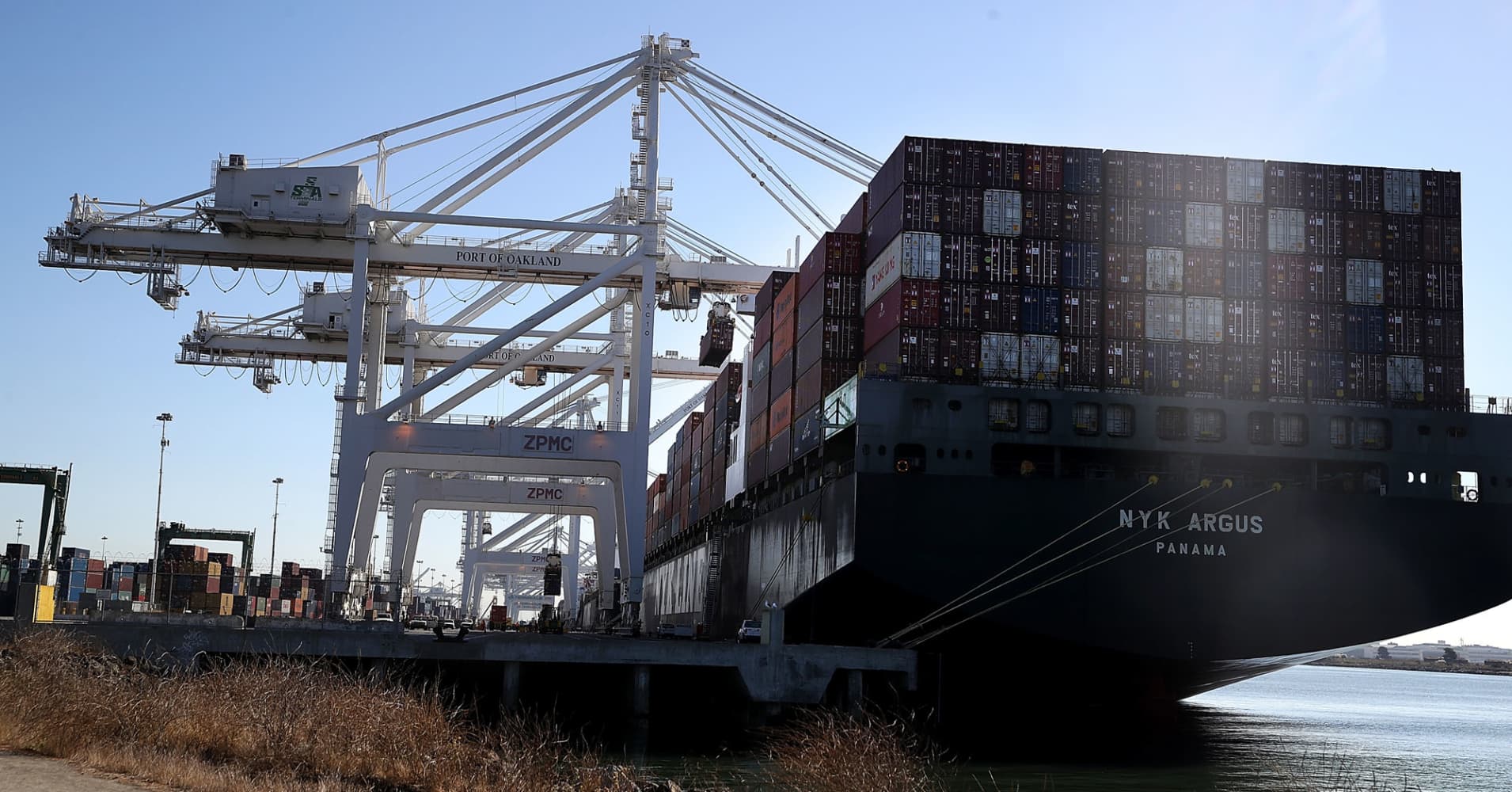
U.S. import prices were unexpectedly flat in March as a drop in the cost of petroleum products was offset by increases in the prices of food and a range of other goods.
The Labor Department said on Thursday last month’s unchanged reading followed a slightly downwardly revised 0.3 percent increase in February. March’s reading was the weakest since last July. Economists polled by Reuters had forecast import prices gaining 0.2 percent in March after a previously reported 0.4 percent rise in February.
In the 12 months through March, import prices increased 3.6 percent, the biggest gain since April 2017, after advancing 3.4 percent in February.
Last month, prices for imported petroleum decreased 1.3 percent after falling 0.8 percent in February. Excluding petroleum, import prices gained 0.1 percent in March after climbing 0.4 percent in the prior month. These prices have risen strongly this year, reflecting the dollar’s depreciation against the currencies of the United States’ main trading partners.
Import prices excluding petroleum rose 2.1 percent in the 12 months through March. Data on Tuesday showed a broad increase in producer prices in March. The steady rise in import prices excluding petroleum and producer prices suggest that an energy-driven drop in consumer prices in March was probably temporary.
Economists expect inflation will accelerate this year, boosted by a tightening labor market, weaker dollar and fiscal stimulus. Inflation has undershot the Federal Reserve’s 2 percent target since mid-2012.
The cost of imported food increased 0.6 percent in March, while prices for imported capital goods gained 0.2 percent. There were also increases in the prices of imported building materials and unfinished metals related to durable goods.
Prices for imported motor vehicles fell 0.2 percent. Prices of consumer goods excluding automobiles dipped 0.1 percent.
The price of goods imported from China edged up 0.1 percent in March, rising for a second straight month. Prices for imports from China increased 0.2 percent in the 12 months through March.
The report also showed export prices rose 0.3 percent in March after increasing 0.2 percent in February. Export prices advanced 3.4 percent on a year-on-year basis after rising 3.2 percent in February.
The price of agricultural exports surged 3.4 percent, the biggest increase since August 2012, boosted by a 7.8 percent jump in soybean prices. Agricultural export prices rose 0.6 percent in February. Wheat prices rose 8.0 percent in March.
Be the first to comment